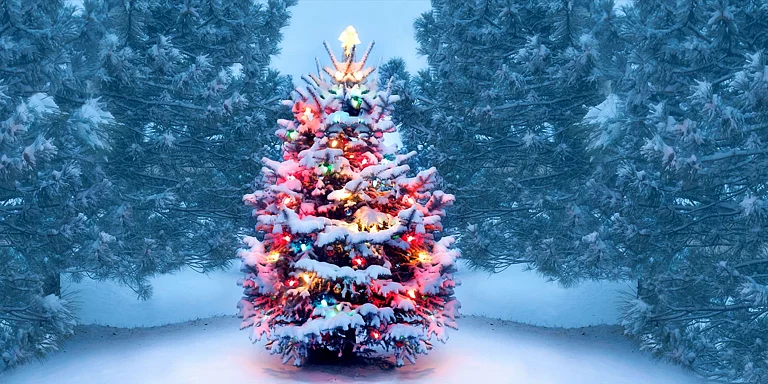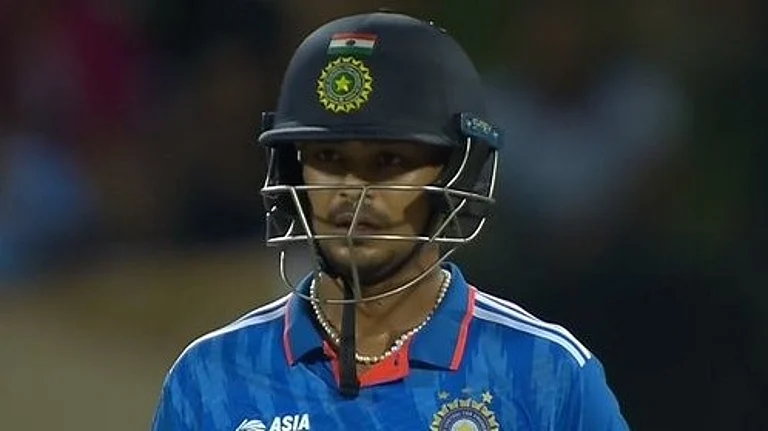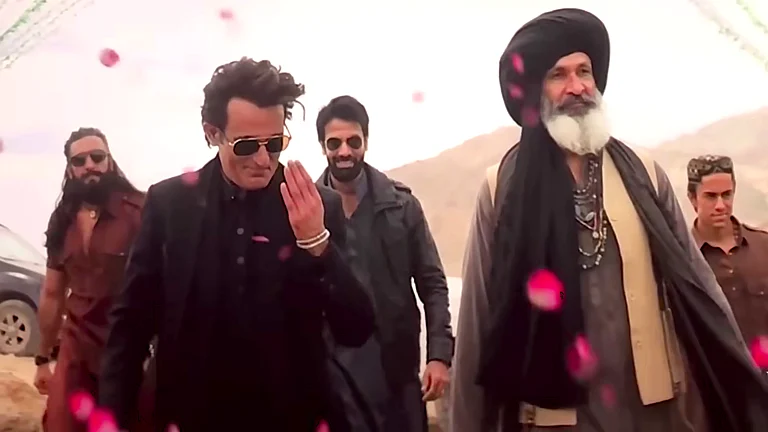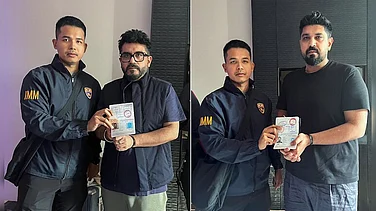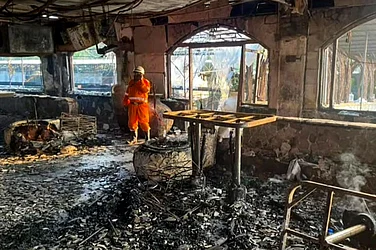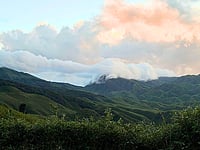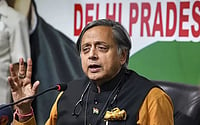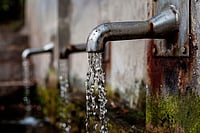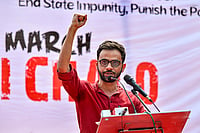The tragedy at Morbi town in Gujarat where a bridge collapse left over 140 people including children dead has left the nation shocked and overwhelmed. The deaths occurred due to the collapse of a suspension bridge in the colonial-era town of Morbi that had recently been opened for public use.
Prime Minister Narendra Modi, who is currently in Gujarat, has announced an ex-gratia of Rs 2 lakh from the Prime Minister's National Relief Fund (PMNRF) for the next of kin of each of the deceased and Rs 50,000 to each of the injured, the PMO said. He will also be visiting the site tomorrow to meet the next of kin.
The state government has announced a compensation of Rs 4 lakh for the kin of the deceased and Rs 50,000 for the injured.
Among those killed were 12 relatives of ok Sabha member from Rajkot Mohan Kundariya.
The incident has brought back the spotlight on the century-old bridge which itself was a heritage structure and has sustained several injuries in its 143 years of existence.
A bridge from the Colonia era
The little town of Morbi is located at about 200 km from Ahmedabad, about four hours by car. With a population of less than 200,000, the city is located on the the Machchu river. In 1877, when the town was British colonial rule, a 230-meter suspension bridge was reportedly built by Morbi's former ruler Sir Waghji Thakor. Similar in design to the Ram and Lakshman jhulas in Uttarakhand's Rishikesh, the bridge was inaugurated by then-Mumbai governor Richard Temple on 20 February 1879.
It is reported that the construction of the bridge cost Rs 3.5 lakh, an exorbitant amount for its time, and made with the most innovative technology and parts imported from the West. Local authorities refer to it as an "engineering marvel" of its time. As per the district collectorate website of Morbi, Thakor who ruled Gujarat till 1922, built to bridge as a symbol of "the progressive and scientific nature of the rulers of Morbi".
At the time, the bridge was intended to to connect the Nazarbag Palace where the royalty lived to Darbargadh Palace. Today, it connects the Darbargadh Palace heritage hotel to the rest of the town and is a major tourist attraction.
A series of damages
In 1979, an upstream dam on the Machchu river burst, sending walls of water through the city and killing hundreds of people in one of India’s biggest dam disasters.
The 19th century bridge, which survived the flooding, sustained severe damage in the 2001 Gujarat earthquake that left several parts of the state in shambles. Morbi, whic was just 150 km from the epicentre in Bhuj, sustained severe damage.
Previously, the bridge was under the maintenance the local municipality which had limited the number of people on the bridge to 20. According to a report in Desh Gujarat, the municipality handed over control of the bridge after that to Oreva. The bridge sustained damages again during the prolonged opening, thus remaining shut.
Recently reopend
The bridge had been reopened to the public on October 26, just five days back, after six months of extensive repairs and renovation. The renovation project cost Rs 2 crore. The bridge was reopened after a private inaugural event and was yet to receive the municipality's "fitness certificate," a civic official said.
According to a report in Reuters, Oreva Group, which is the maker of the popular brand Ajanta clocks, had been granted the contract for maintenance and management of the bridge of the next 15 years. Morbi authorities claimed that Oreva had not informed them about the bridge's reopening and neither had they been issued a fitness certificate permitting the same.
In an interview to NDTV, Oreva CEO Sandeepsingh Zala said, “It was a government tender. Oreva group was supposed to give its renovation details and get a quality check before opening the bridge. But it did not do so. The government was not aware about this".
In a statement to Indian Express, Oreva claimed that the prima facie reason for the bridge's collapse was the accumulation of too many people in the centre who swaye dthe bridge from side to side.
How the crash occurred
Due to the Diwali vacation and being a Sunday, there was a rush of tourists on the bridge, a major tourist attraction. Before the tragedy occurred, some people were seen jumping on the bridge and pulling its big wires, an eyewitness said, adding that the bridge may have collapsed due to the “huge crowd” on it.
People fell over each other when the bridge collapsed, he said. Several of the victims were seen hanging by the edge of the bridge to prevent themselves from slipping into the river.
Footage from moments before the collapse show a group of young men taking photos while others trying to sway the bridge just before they tumbled into the river as the metal cables snapped.
After the collapse, all that remained of the bridge was part of the metal carriageway hanging down from one end into the river water, its thick cables snapped in places.
(With inputs from Agencies)








